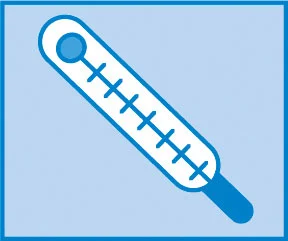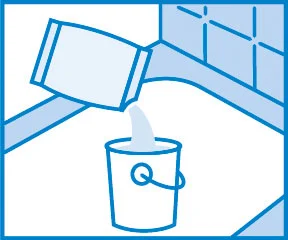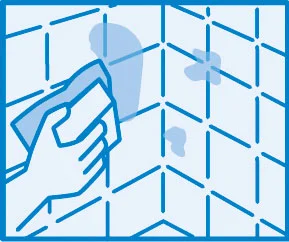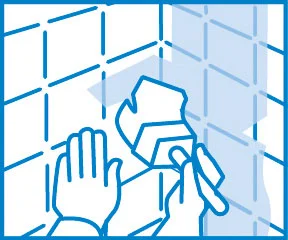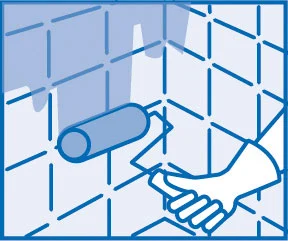Tile Lacquer 897
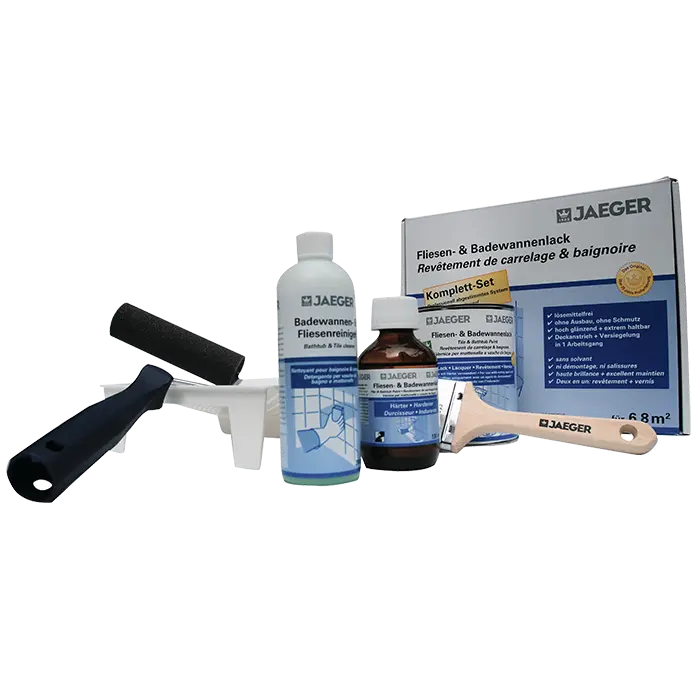
Simply paint tiles – no primer needed!
- Solvent-free paint – pleasant to work with
- New feel-good atmosphere in two hours
- No noise and no mess
- Extremely durable
- 3 in 1: primer, top coat and sealant in a single step
Replacing tiles is labour-intensive, causes dirt and noise and often requires the services of a professional tradesman. The easier and more affordable alternative? Paint your own tiles with JAEGER tile varnish: After coating, which is simply brushed on, the tiles look like new and a new ‘feel-good atmosphere’ is created in the bathroom or kitchen – for years to come!
For coating and renovating ceramic wall and floor tiles. The varnish is solvent-free and consists of two components that bond with each other to form a high-gloss, durable varnish film. Thanks to its high covering capacity, one coat is sufficient for a tile with an even surface. Only in the case of a tile with a dark colour as the substrate may a second coat of paint (another set) be required to cover it. The varnish is designed for a tiled area with a surface of 6.8 m².
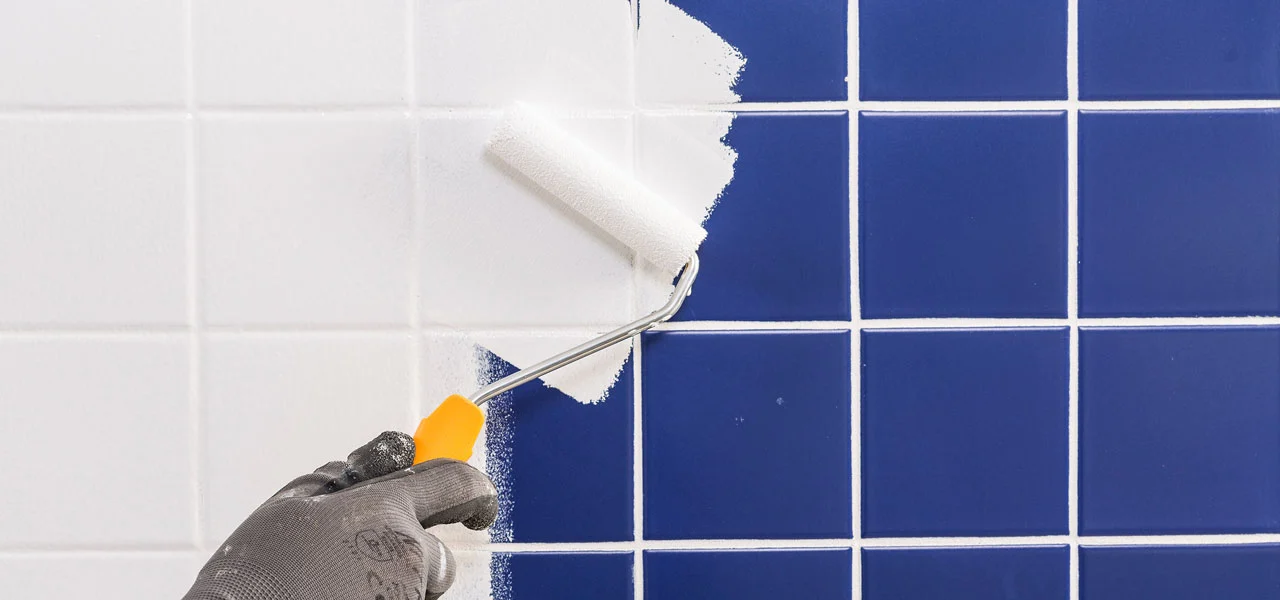
For technical reasons, the colours on the monitor/display are not binding. Please refer to the colour chart for binding colours.
The professional set consists of:
- 2-component varnish
- paint brush
- short pile roller
- paint tray
- descaler
- cleaner
- dust cloth
- four sheets of sandpaper in two grits
- processing instructions
Painting tiles with tile varnish – step-by-step instructions for a thorough coat
1. Preparation
2. cleaning and descaling
2.3 Touching up
Thoroughly touch up any damaged areas on tiles or tile joints with polyester or epoxy resin filler before painting and sand down wet with fine sandpaper (P320) after hardening. Rinse off sanding residue and allow to dry. Allow to dry. Note temperature! Hairline cracks in the joints must be repaired with acrylic grout.
Versatile tile varnishes for every application
In addition to the classic tile varnish, there is also a water-based tile varnish in the Jaeger bathroom renovation system. For floor tiles that are subject to heavy wear, there is also the Kronalux® 2K PU tile floor coating. JAEGER has the right solution for every renovation, whether it involves wall or floor tiles.
product data
spreading rate
| paint/roll | spraying |
|---|---|
| 6,8 m²/Set |
item number/shade
| item number | shade |
|---|---|
| 897-0020 | Alpinweiss |
| 897-0800 | Reinweiss |
size of trading unit/box content
| size of trading unit | box content |
|---|---|
| Set | 1 |



